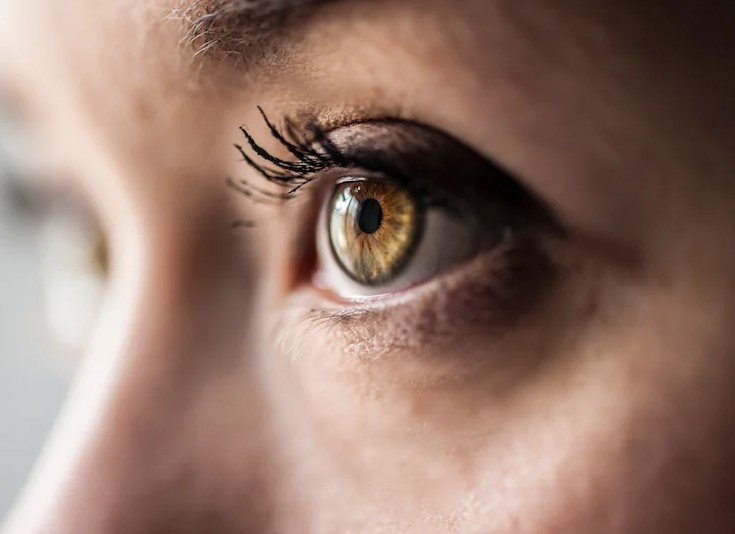Subtle changes in your eyes could be hinting at serious health conditions — long before other symptoms even show up. From dementia to diabetes, your vision might reveal more than meets the eye.
The Silent Warnings Hiding in Your Eyes
The idea that the eyes are the window to the soul is poetic. But medically speaking, they’re more like a window to the body’s overall health. Turns out, many diseases quietly leave clues in your eyes — often before you feel anything wrong.
For example, high cholesterol can show up as yellowish deposits on the eyelids or a greyish ring around the cornea. Diabetes? It may cause tiny blood vessels in the retina to swell or leak. Even certain cancers, like lymphoma or melanoma, can sometimes make an early appearance through eye abnormalities.
One tiny eye exam could potentially spot these changes — giving you a head start on treatment.
Early Signs of Alzheimer’s May Appear in Your Vision First
Alzheimer’s disease is usually associated with memory loss. But what if the first signs appeared in your eyesight instead? Researchers are finding that may very well be the case.
The same amyloid plaques that build up in the brain — a hallmark of Alzheimer’s — can also affect the optic nerve and parts of the brain controlling vision. This can lead to changes in contrast sensitivity, trouble with color perception (especially blues and greens), and even issues with how your eyes move.

In some cases, these visual problems show up years before memory decline becomes obvious. An eye test might detect these changes faster than traditional cognitive assessments.
Diabetes Can Quietly Damage Your Eyes
Diabetes is one of the most common culprits behind preventable blindness — but the damage starts long before vision loss.
High blood sugar levels can damage tiny blood vessels in the retina, causing diabetic retinopathy. Early signs include:
- Blurry vision that comes and goes
- Dark or empty spots in your field of vision
- Poor night vision
These symptoms often creep in so gradually that people don’t notice them at first. Routine eye exams can catch the damage early, potentially preventing permanent sight loss.
Eye Changes Linked to Cardiovascular Disease
Your eyes might also clue you in on heart trouble. Some eye changes are strong indicators of high blood pressure, high cholesterol, or even stroke risk.
Doctors may spot:
- Blood vessel damage (hypertensive retinopathy) from high blood pressure
- Cholesterol deposits in the cornea or retina
- Blocked arteries that could signal a stroke risk
A study published in The Lancet even suggested that analyzing the retina’s blood vessels could predict heart disease risk with surprising accuracy.
Can Cancer Show Up in the Eyes?
It’s rare, but certain cancers can reveal themselves through the eyes. Lymphoma, melanoma, and even leukemia sometimes cause unusual symptoms like:
- Bulging eyes
- Sudden double vision
- Dark spots on the iris
These signs are easy to overlook — especially if your eyesight still seems fine otherwise. That’s why eye exams matter, even if you think you’re perfectly healthy.
Regular Eye Exams: More Important Than You Might Think
It’s easy to skip that yearly eye appointment when your vision feels fine. But as it turns out, those check-ups are doing more than checking for nearsightedness.
Eye exams allow doctors to peek inside — literally — at your blood vessels, nerves, and other tissues without invasive procedures. It’s one of the few ways to get a clear look at your body’s health without needles or scanners.
The American Academy of Ophthalmology recommends adults under 40 get an eye exam every two years. After 40, yearly exams are a good idea — especially if you have a family history of conditions like diabetes or heart disease.
The eyes may not lie — and they might just help save your life.
